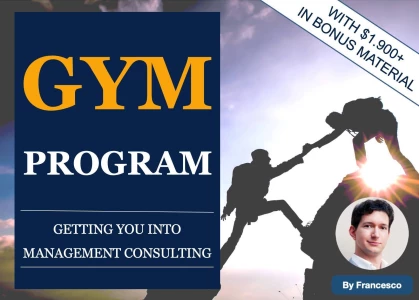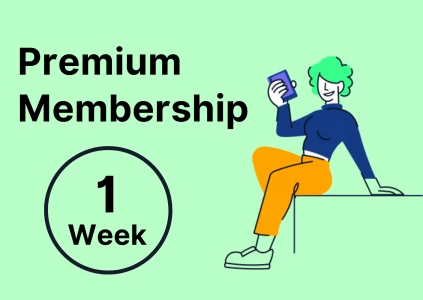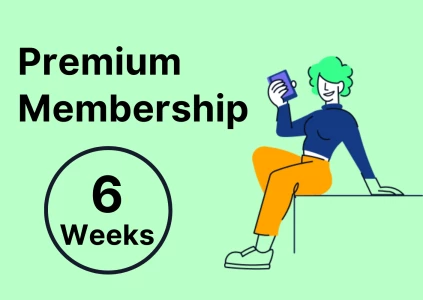Dear PrepLounge Community,
I have been torn between 2 ways in terms of approaching an exhibit after being given one, and would like to know your views on which would be better:
1. Show appreciation → one sentence summarizing what this exhibit is about → Question if necessary → Ask for time to study → Present findings.
2. Show appreciation → Start murmuring about my observation in front of the interviewer → State takeaways further on the fly.
Which would be a better method? If none, what would be your method of approaching an exhibit?







